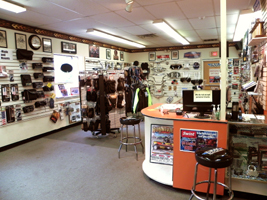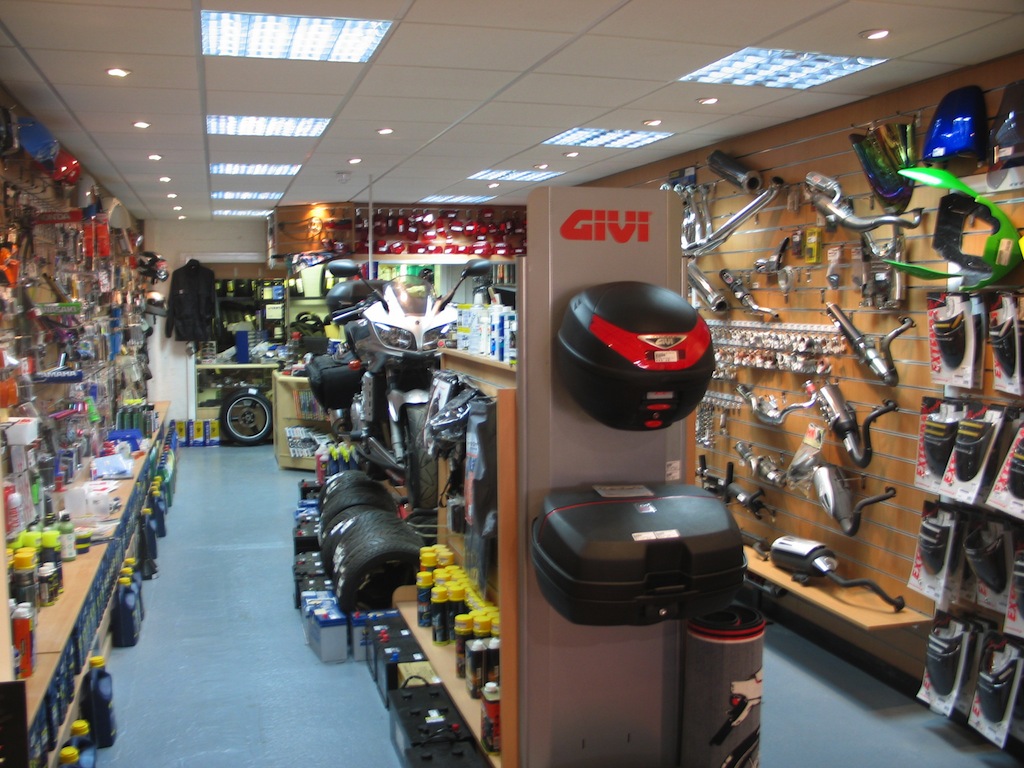Mastering Bike Gears: Exactly How to Optimize Your Riding Experience
In the world of motorcycling, understanding the art of equipment manipulation is essential for enhancing your riding efficiency. Properly using and recognizing motorcycle equipments can substantially affect acceleration, control, and gas effectiveness, transforming an ordinary ride into a smooth, exhilarating journey.
Comprehending Equipment Mechanics
Just how do the details of gear mechanics affect motorbike efficiency? At the core of bike dynamics, equipment mechanics play an essential role in converting engine power right into movement, eventually determining speed and control. Gears, thoroughly crafted parts, allow cyclists to optimize torque and rate, guaranteeing a smooth change via various surfaces and velocities. The equipment ratios, very carefully designed, establish the relationship between engine revolutions and wheel turns, affecting velocity and gas efficiency.
Recognizing equipment mechanics starts with identifying the relevance of the gearbox, which houses several equipments of varying sizes. These equipments communicate with a process understood as meshing, where teeth of different gears involve to send power.
Moreover, the idea of equipment moving is indispensable to optimizing efficiency. Timely and smooth changes ensure that the engine operates within its ideal power band, avoiding unneeded stress and boosting durability (motorbike shop). By understanding these mechanical intricacies, bikers can achieve an unified blend of efficiency, control, and power, raising their riding experience
Timing Your Shifts
Change timing proficiency is crucial for optimizing motorbike performance and boosting the riding experience. Properly timed changes guarantee that the engine operates within its optimum power band, which is important for maintaining control, accomplishing smooth acceleration, and guaranteeing the longevity of the motorcycle. Motorcyclists have to develop an user-friendly feeling of when to move gears, which includes understanding the relationship in between engine transformations per minute (RPM) and speed.
To master shift timing, pay attention to the engine's sound and really feel, as these offer important ideas about when to change gears. The excellent shift factor usually occurs when the engine comes close to the top variety of its power band without reaching the redline. Moving too early can cause an absence of power, while shifting as well late might trigger unneeded engine stress
Furthermore, road conditions and riding design impact change timing. For example, in city setups, smoother and more regular shifts might be needed to navigate traffic effectively. On the other hand, during freeway riding, less changes at higher rates can be better suited. Exercising in diverse settings will certainly enhance your ability to time shifts exactly, ultimately raising your riding experience to a professional level.
Enhancing Gas Effectiveness
While mastering motorcycle gears is vital for performance, enhancing gas effectiveness is just as crucial for both ecological and economic reasons. Optimal gas intake not just decreases operational prices however also minimizes the ecological impact of riding. To achieve this, one have to recognize the intricate partnership between gear choice and engine go to my blog performance.
Riding in a greater gear at reduced rates can lead to engine hauling, which is destructive to both gas economic situation and engine health. On the other hand, riding in reduced equipments at high speeds results in unnecessary fuel usage.
Furthermore, normal upkeep plays a critical role in fuel effectiveness. Guaranteeing that the motorcycle is well-tuned, with clean air filters and properly inflated tires, can improve the rules of aerodynamics and lower fuel waste. Additionally, taking on a riding design that embraces steady acceleration and smooth deceleration can add to much better gas economic climate.

Methods for Smooth Transitions
Achieving smooth gear changes is essential to enhancing the riding experience and guaranteeing the longevity of a bike's transmission system. Proper equipment changing not only adds to a seamless trip yet also lessens deterioration on the mechanical parts. To grasp the art of smooth changes, cyclists must concentrate on a few key strategies.
Secondly, clutch control plays an essential role. Engaging and disengaging the clutch efficiently needs practice. The clutch bar must be launched gradually, enabling a smooth transfer of power from the engine to the wheels without causing a shock or sudden motion.

Adjusting to Road Conditions
Navigating diverse road conditions is an essential ability for any kind of motorcyclist aiming to keep control and safety and security. Whether you're riding on damp surface areas, crushed rock roadways, or browsing doglegs, your capability to adjust your gear usage and riding technique is extremely important. Comprehending just how to change your gears appropriately can dramatically affect traction and stability, guaranteeing a safer journey.
In comparison, when riding on crushed rock or irregular terrain, lower gears are preferable. Reduced equipments offer far better control and permit you to respond more quickly to unexpected changes in the roadway surface.
Sharp curves require specific equipment management to balance rate and control. Downshifting prior to going into a curve can aid preserve energy while making sure the motorcycle continues to be steady throughout the turn. Consistent method in diverse problems improves your capacity to anticipate and react to modifications in roadway appearance and slope.
Final Thought
Mastering motorbike gears significantly improves the riding experience by boosting gas, velocity, and weblink control effectiveness. A detailed understanding of equipment auto mechanics and precise shift timing ensures the engine operates within its ideal power band, while smooth transitions with reliable clutch and throttle control rise convenience and efficiency. Adjusting gear choice to different road conditions, such as making use of higher equipments on damp surface areas and lower gears on gravel, further boosts handling and security. Eventually, these skills elevate the total journey.
Comprehending equipment auto mechanics begins with identifying the importance of the gearbox, which houses several gears of differing sizes. These equipments interact via a process recognized as meshing, where teeth of different equipments engage to transfer power (motorbike shop). Gentle modifications to the throttle throughout gear changes can prevent jerky activities and maintain a constant riding rate
Whether you're riding on wet surface areas, gravel roads, or browsing sharp turns, your ability to adjust your equipment usage and riding method is paramount. Adapting equipment option to different roadway problems, see here now such as using greater equipments on wet surfaces and reduced equipments on gravel, additional improves handling and safety and security.
Comments on “Find Competitive Prices on Motocross Parts NZ for every single Bike”